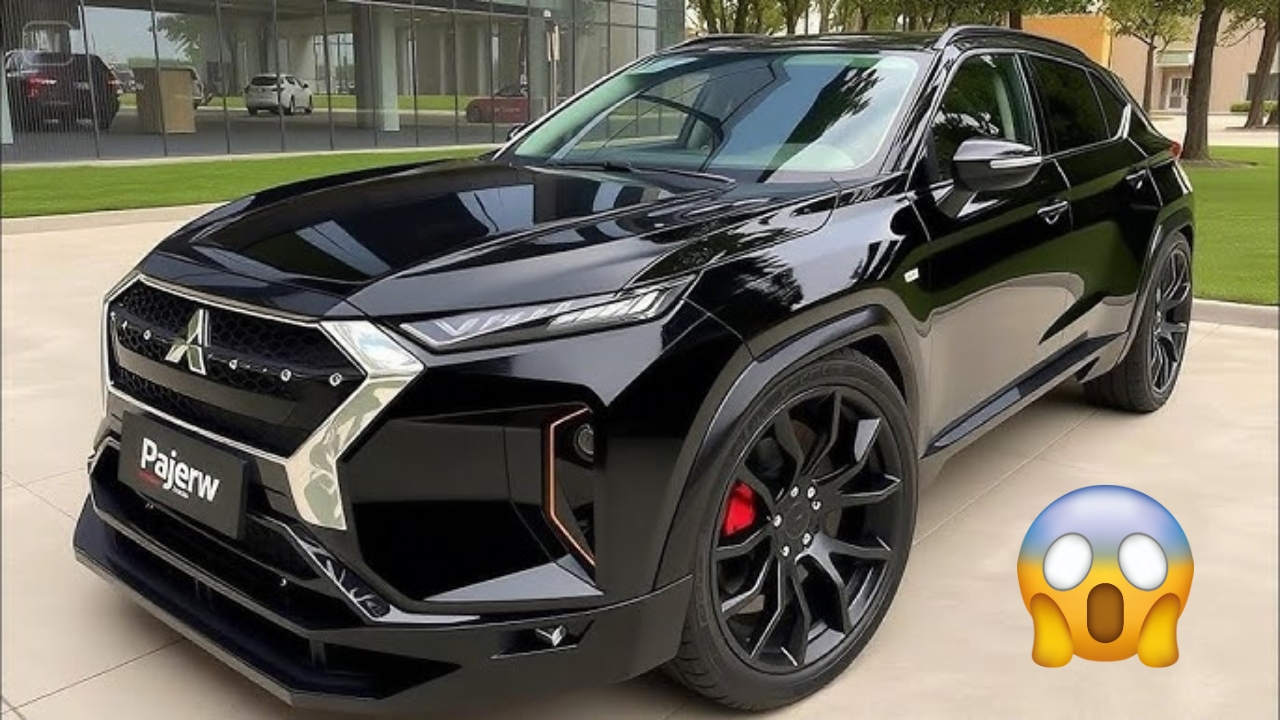The automotive landscape has dramatically shifted over recent years, with Chinese manufacturers emerging as formidable global competitors. Mitsubishi Motors, once a dominant force in various international markets, now faces unprecedented challenges from companies like BYD, Geely, and Great Wall Motors. Understanding how this Japanese automaker is adapting its strategy provides valuable insights into the evolving dynamics of the global car industry.
The Changing Automotive Battlefield
Chinese automakers have transformed from domestic-focused manufacturers to serious global contenders in just a few years. Companies such as BYD, Geely, SAIC Motor and Great Wall Motors are increasingly targeting new market segments such as electric and plug-in hybrid vehicles and can call upon significant economies of scale in their home market. This rapid expansion has put pressure on traditional automakers like Mitsubishi to rethink their market positioning.
The shift toward electric vehicles has particularly benefited Chinese manufacturers, who have invested heavily in battery technology and electric powertrains. Meanwhile, established brands like Mitsubishi have had to adapt their strategies to compete in this new environment.

Mitsubishi’s Strategic Withdrawal from China
One of the most significant developments in Mitsubishi’s recent strategy was its complete exit from the Chinese market in July 2025, ending all joint ventures including the Shenyang Aerospace-Mitsubishi Motors Engine Manufacturing partnership. This decision reflects the challenging nature of competing in China’s rapidly evolving automotive market, where domestic brands have gained substantial advantages in electric vehicle technology and government support.
The reason given for the termination, according to the automaker, is the rapid transformation of China’s automotive industry, which is now focusing on new energy vehicles (NEVs). This strategic retreat allows Mitsubishi to focus resources on markets where it maintains competitive advantages.
Southeast Asia: Mitsubishi’s Key Battleground
Confident Market Position
Despite facing intensified competition, Mitsubishi remains optimistic about its prospects in Southeast Asia. Tatsuo Nakamura said the Japanese auto giant is “still one step ahead” in the region, which makes up its biggest market, while acknowledging the rising threat from Chinese rivals that it needs to “watch carefully.”
The company’s confidence stems from several strategic advantages it has built over decades of operation in the region. These include established dealer networks, strong brand recognition, and deep understanding of local market preferences.
Service Network Advantage
One of Mitsubishi’s key competitive advantages lies in its extensive service infrastructure. Executive says Japanese carmaker’s expansive service network is a key advantage when competing against newer Chinese entrants who are still building their after-sales support systems.
This network becomes particularly valuable for customers who prioritize long-term vehicle reliability and maintenance support over initial purchase price considerations.
Product Strategy and Market Focus
New Model Launches
Mitsubishi has accelerated its product development efforts to stay competitive. In August, the Tokyo-headquartered automaker launched its latest passenger vehicle model, the X-Force compact SUV, at the Gaikindo Indonesia International Auto Show. The company is also focusing on its successful Triton pickup truck, aiming to increase production significantly.
Regional Production Strategy
Southeast Asia is a key regional market for Mitsubishi and also an important export base for the company. Including Taiwan, the region accounted for almost one-third of the automaker’s one million global vehicle sales last year. This regional focus allows the company to optimize costs while maintaining proximity to key markets.
| Market Position Data | Details |
|---|---|
| Southeast Asia Sales Share | 33% of global sales (including Taiwan) |
| Regional Production Share | 45% of global vehicle output |
| Triton Production Target | 200,000 units annually (up from 160,000) |
| Thailand Plant Capacity | 400,000 units per year |
Challenges and Opportunities Ahead
Electric Vehicle Transition
The industry’s rapid shift toward electric vehicles presents both challenges and opportunities for Mitsubishi. While Chinese manufacturers have gained early advantages in this space, Mitsubishi’s experience with hybrid technology, particularly through models like the Outlander PHEV, provides a foundation for future development.
Market Consolidation
The company has become a small-scale vehicle manufacturer on a global basis, dwarfed by the likes of Toyota, Volkswagen Group, Stellantis and Hyundai Motor Group, which produce between seven and ten million vehicles each per year. This scale disadvantage requires Mitsubishi to focus on niche markets and regional strengths rather than competing globally across all segments.
Mitsubishi’s approach to Chinese competition reflects a broader trend among traditional automakers: strategic focus on markets where they maintain competitive advantages while avoiding direct confrontation in markets dominated by new competitors. The company’s emphasis on Southeast Asia, combined with its service network advantages and targeted product strategy, suggests a pragmatic approach to navigating the changing automotive landscape.
The success of this strategy will largely depend on Mitsubishi’s ability to innovate in electric and hybrid technologies while maintaining its regional market leadership through superior customer service and brand loyalty.
Frequently Asked Questions
Q: Why did Mitsubishi exit the Chinese market?
A: Mitsubishi left China due to the rapid shift toward electric vehicles and intense competition from domestic Chinese manufacturers who have significant advantages in this market.
Q: Where is Mitsubishi focusing its efforts now?
A: Southeast Asia is Mitsubishi’s primary focus, where it maintains strong market positions and competitive advantages through its extensive service network.
Q: How is Mitsubishi competing with Chinese automakers?
A: The company leverages its established service networks, regional manufacturing capabilities, and targeted product launches while focusing on markets where it has historical strengths.
